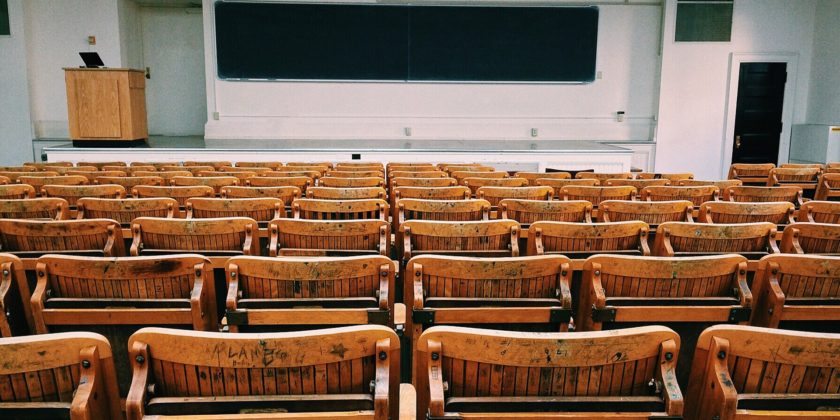
Fairfax, VA – The Independent Educational Consultants Association (IECA) released its ranking of What Colleges Look for in High School Students, based on an annual survey of nearly 2,000 independent educational consultants. While grades and standardized test scores are near the top of these annual rankings, a number of significant changes and surprises are challenging the assumptions about college admissions. Number 1 on the list: A challenging curriculum. New to the list: The family’s ability to pay tuition. The much-discussed social media presence of students? Not so much.
Many students and parents are surprised to hear that the leading criteria universities want to see isn’t grades* (#2) or standardized test scores (#3), but rather evidence that a student took as rigorous a high school curriculum as they could. “Colleges want to know that future students don’t shy away from a challenge,” said IECA’s CEO, Mark Sklarow. “Grades and scores are important, but it is far better to accept a challenge, show some grit, and earn a slightly lower grade if necessary than to breeze through high school with easy courses and straight A’s.”
*(This does not hold true at all schools, especially uber selective schools, where B’s don’t generally fly for normal applicants)
Item #4 in the ranking—the essay—is also the most misunderstood, according to IECA. The essay tends to be more important at smaller and independent colleges. But too many students think the essay is about construction, grammar, and format. The association warns that while these matter (typos and bad grammar should never happen), the essay must show insight into a student’s unique personality or life-shaping experiences. An essay that worked in an English class is unlikely to be one that is appropriate for the college application. “This essay should help the reader—that all-important admission counselor—better appreciate who you are, what shaped you, and what makes you tick,” says Sklarow. “That doesn’t mean a student needs some life-altering trip; rather a simple ongoing volunteer commitment or personal interaction may be worth sharing.”
Two new items ranked on the 2018–19 list from IECA. Debuting at #7 is the family’s ability to pay. While some schools are “need blind” in their admissions decisions, most are not. Increasingly, according to IECA, colleges take into consideration who can contribute to the school’s bottom line. The other new criteria this year was a student’s character and values (#12). Colleges increasingly contemplate what campus life will be like and how a particular applicant will add—or detract—from the campus. Colleges want to see leaders, students with special skills or talents, and those who have been active in campus activities, as well as those whose values fit a college’s view of itself. Colleges also seek diversity, striving for a campus made up of those from varied cultural, social, economic, geographic, religious, and occupational backgrounds (#9).
Much has been written in recent years about two areas: demonstrated interest* (how an applicant demonstrates a genuine desire to attend) and social media (what a student’s online life reveals). The IECA rankings showed these areas to be of less importance than other items.
*(Also not always true. The Common Data (set) confirms it is considered at many schools. It might just be considered LESS at some schools. However, do not be misled; it is still considered)
Sklarow cautioned that “Every college is unique, so each emphasizes something different in its process of reviewing applications. One of the great benefits of hiring an independent educational consultant is their knowledge of such differences, and their ability to share this information with students as they guide them through the application process.”
*Stay in the know! Subscribe for news, tips, and advice*

